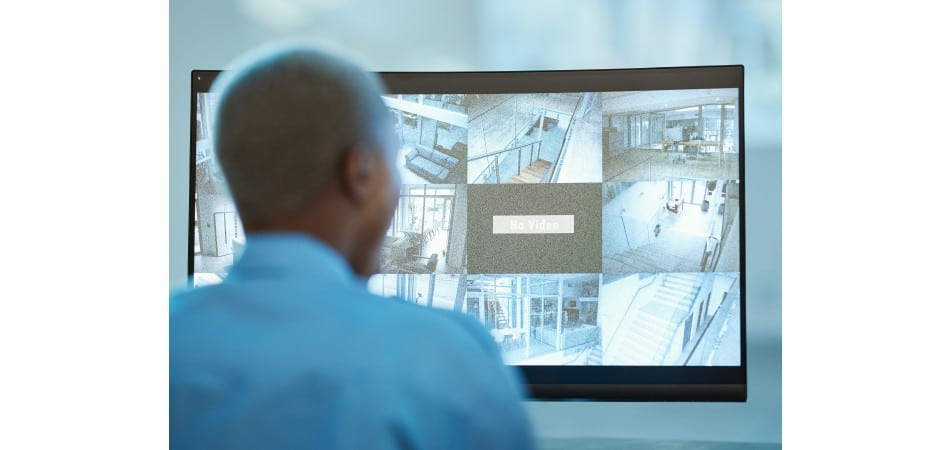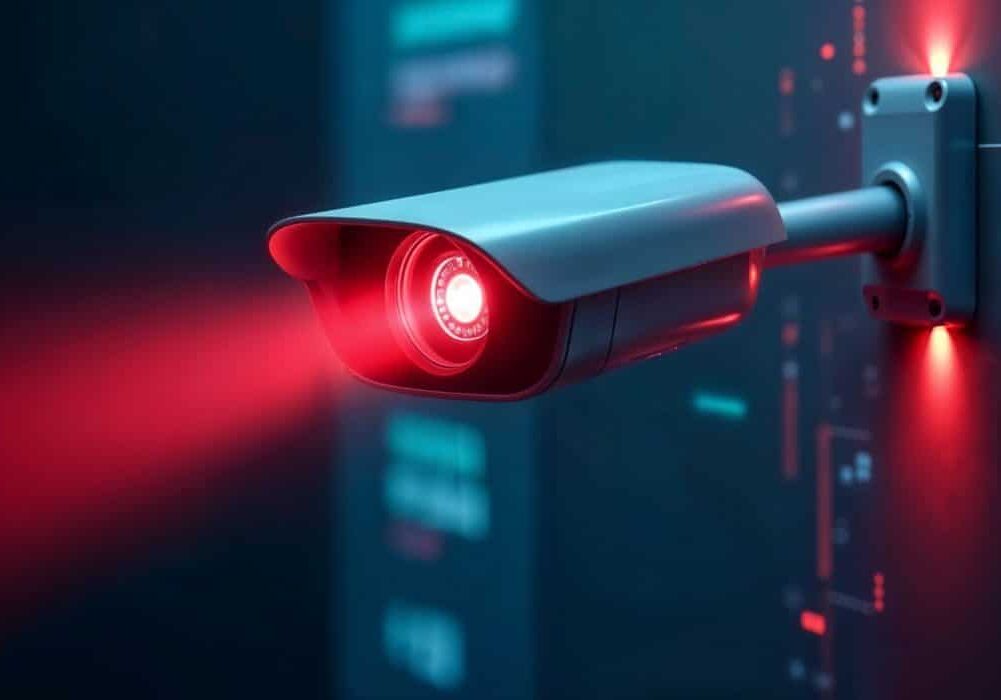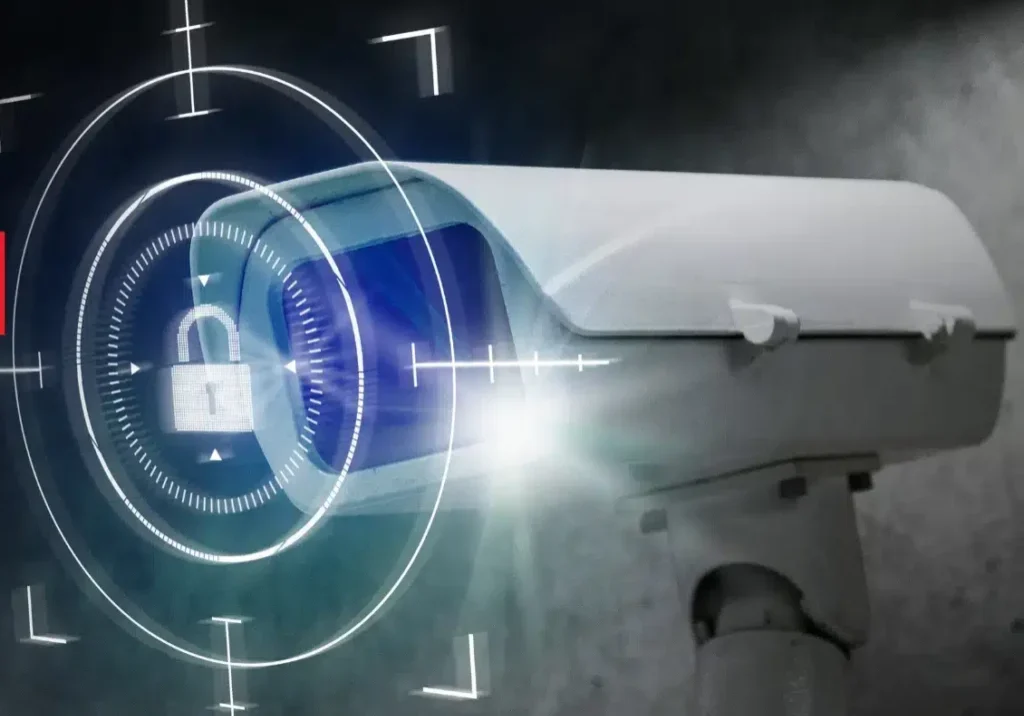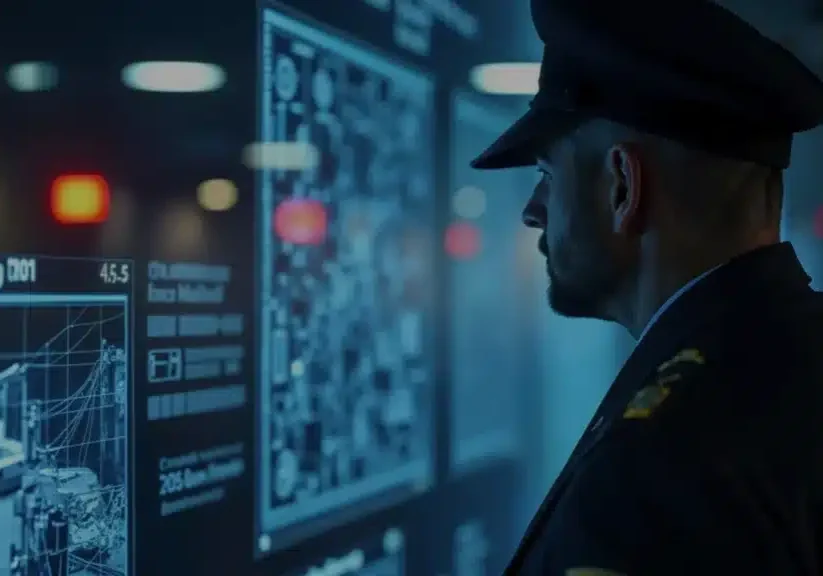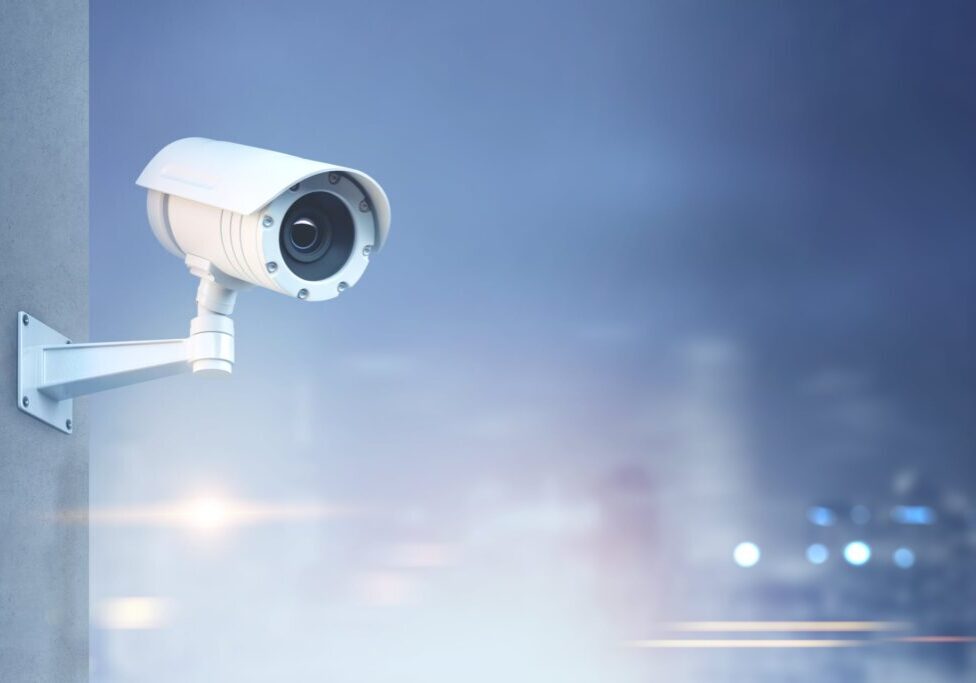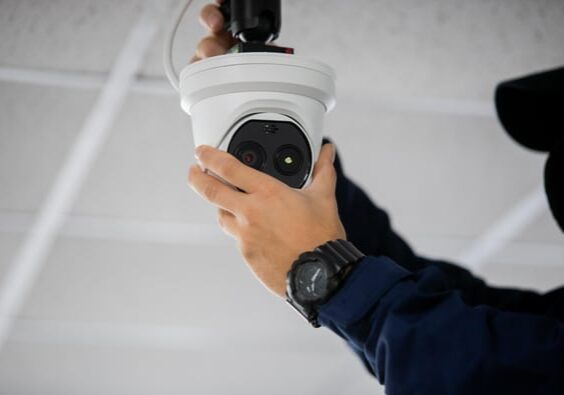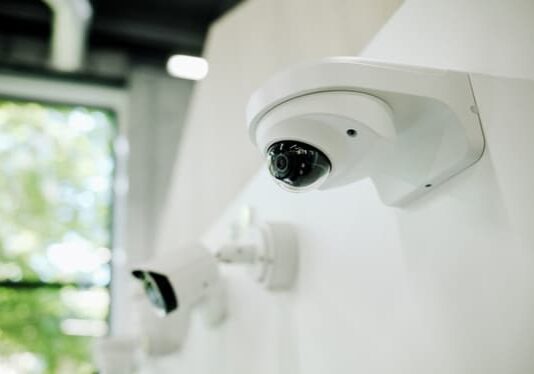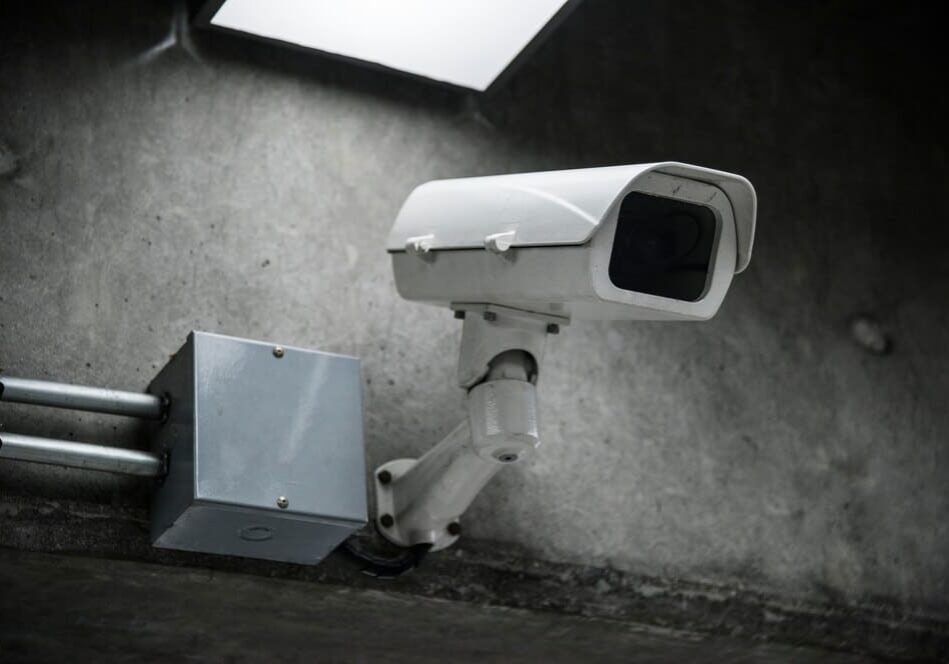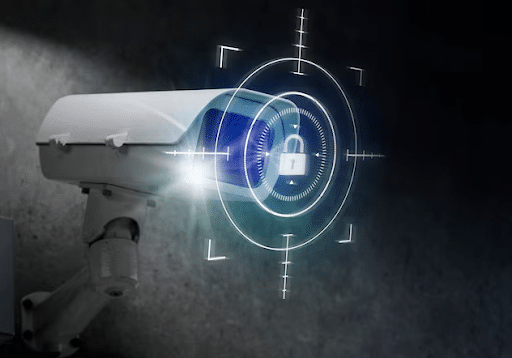Summary: Video monitoring is a powerful deterrent to criminal activities and provides trustworthy proof in case of any occurrence. However, in order for a recording to be admissible in court, it should be of high quality and marked with the correct time. The fulfillment of these requirements not only ensures that the evidence remains credible through lengthy legal proceedings but also fortifies any case that relies on the recorded video.
There are countless upsides to installing a video surveillance system on your business or personal property. However, there are two overarching benefits that ultimately protect you in two distinct scenarios. Before any break-in, theft, or other illegal action can occur, having surveillance systems for businesses has been shown to reduce the chance of crime by 50% or more.
That figure is promising; however, there is still always a chance crime will occur anyway– surveillance system in place or not. So, the second umbrella benefit of having a trusted video security network is knowing that if your business is vandalized or your house is broken into, you will have indisputable evidence of the crime– and, ideally, the identity of the perpetrator– caught on camera.
This latter benefit is essentially why video security systems have become the go-to for anyone hoping to achieve a double layer of protection. But what many business owners and homeowners often forget to consider is how to ensure all recorded surveillance footage is actually admissible in court in the event of litigation.
Video Footage Is A Leading Form Of Evidence In Courtrooms
Starting in the mid-1990s, the popularity of live video surveillance boomed and has continued to skyrocket ever since. During the first wave, police departments installed cameras in countless public places throughout the country, such as schools, parks, and housing projects. Then, CCTVs made their way to banks and stores in hopes of deterring theft. Finally, this move paved the way for the home security sector, which emerged shortly afterward.
Now, footage collected from these various surveillance systems has become a critical tool in solving crimes and seeking justice in the courtroom. According to the U.S. Department of Justice’s Bureau of Justice Assistance, an estimated 80% of litigated crimes involve video evidence.
But unfortunately, simply having video surveillance of a crime does not always make said footage admissible in the courtroom. This means all current and prospective security system owners must be aware of four critical criteria when setting up or maintaining their network: image clarity, time stamping, availability of footage, and chain of custody.
Clarity Can Make Or Break Your Case
In our digital era, an unthinkable variety of video camera equipment is readily accessible to consumers at a range of costs and resolutions– from smartphones to industry-grade video cameras. When installing a video surveillance, though, you should never sacrifice resolution for a cheaper price– because the quality of footage captured during a crime can make or break your court case.
For instance, megapixels matter. A 2MP camera might be considered “high definition,” but it has the lowest possible pixel ratio– sixteen-to-nine– in the high definition category. Using a 6MP camera, on the other hand, can drastically increase the clarity of surveillance footage since hundreds of thousands of more pixels are captured per frame.
Even though these pixel differences might seem minute, they can be the difference between first, making a positive identification of a perpetrator. And second, actually achieving justice in a court of law– since convictions only occur if video evidence provides proof beyond a reasonable doubt.
In a similar vein, the way in which you size your cameras as well as angle your cameras is equally important. If you are a small business owner, you want a commercial surveillance camera system at the counter that will capture customers’ faces– not their lower bodies.
Timestamps Are Critical Components Of Proof
If you have an obsolete or ill-maintained video security system, then you should immediately check that your camera’s timestamps are properly functioning.
Timestamps log the exact date and time any footage is recorded. So, having inaccurate timestamps can single-handedly ruin the integrity of any video evidence– because, again, all it takes is an ounce of reasonable doubt to undo what is otherwise a solid case. In turn, it is critical that video security network owners adopt modern and reliable systems to avoid any risk of evidence inadmissibility should a crime ever occur.
Footage Archival Is Key
The process of capturing someone, even if it is a crime, is one thing. However, storing that footage securely is quite another. If a case goes to court, it could take a year or two before it is resolved, and you would have to keep the evidence that is very important for the trial that long. Hence, it is still very important to have a strong legal process through video secure archiving and accessibility.
Don’t Forget To Document The Chain Of Custody
Finally, proving that the integrity of any captured video evidence has not been compromised is also critical– which is why the footage chain of custody has to be documented. In other words, video security network owners must properly document how exactly footage is stored, as well as who has access to the footage and who has directly handled it.
Being able to show a well-tracked chain of custody for the recorded video footage in court can only make your case stronger by dismissing the possibility of potential evidence tampering.
FAQs
They scan camera feeds to spot threats like unattended bags and alert security quickly.
Facial recognition confirms identities faster and helps staff fix bottlenecks.
They track shopper movement so stores can improve layouts and boost sales.
They monitor luggage, flag problems, and help locate lost bags quickly.
Smarter AI will make travel safer, faster, and more efficient.

Michael S. Blanco is the Chief Executive Officer and Co-Founder of Resolute Partners, LLC, where he leads strategic initiatives across various divisions. After owning family entertainment centers in New England, he co-founded Resolute Partners in 1996, launching the first Internet cafés for the U.S. Navy and partnering with AT&T for global deployment. A pioneer in wireless communications, Michael has expanded the company’s focus to include Energy Management/IoT, Cybersecurity, and Managed Video Security. He holds a degree from the Rochester Institute of Technology.
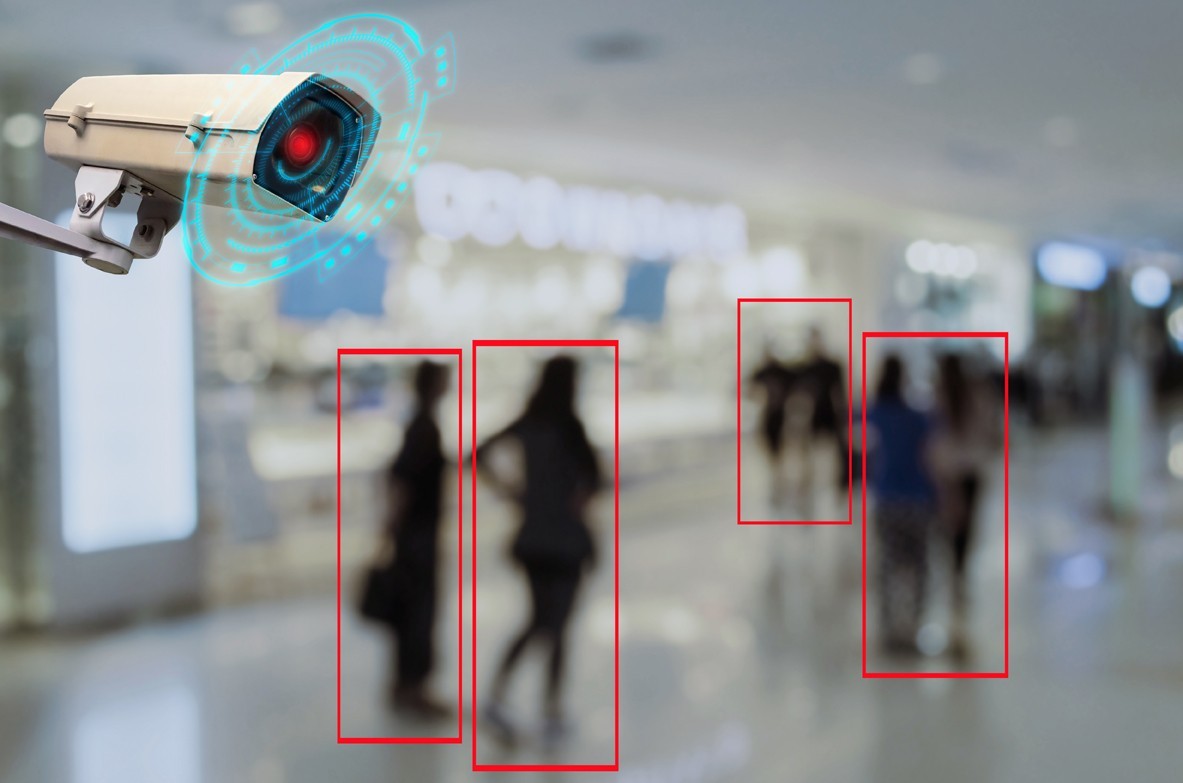
Stay up to date.
Subscribe for latest news, protection tips, special offers, and more!



